No Man's Sky: Worlds Part II – A Deep Dive into the Expansive Update
No Man's Sky, a game frequently lauded for its innovation, has just received a monumental update: Worlds Part II. This expansion significantly enhances the game's already impressive scope, introducing breathtaking visuals, challenging new environments, and a wealth of gameplay improvements. This article explores the key features of this transformative update.
 Image: nomanssky.com
Image: nomanssky.com
Mysterious Depths: Reimagined Underwater Worlds
Worlds Part II fundamentally reshapes underwater exploration. Previously underwhelming, the oceans now boast terrifying depths, immense pressure, and a captivating bioluminescent ecosystem. Specialized suit modules are essential for survival in these crushing depths, where a new pressure indicator keeps players informed of their limits. The darkness is punctuated by the ethereal glow of deep-sea flora and fauna, creating a truly mesmerizing spectacle. Shallow waters also benefit from enhanced lighting, adding to the overall visual fidelity.
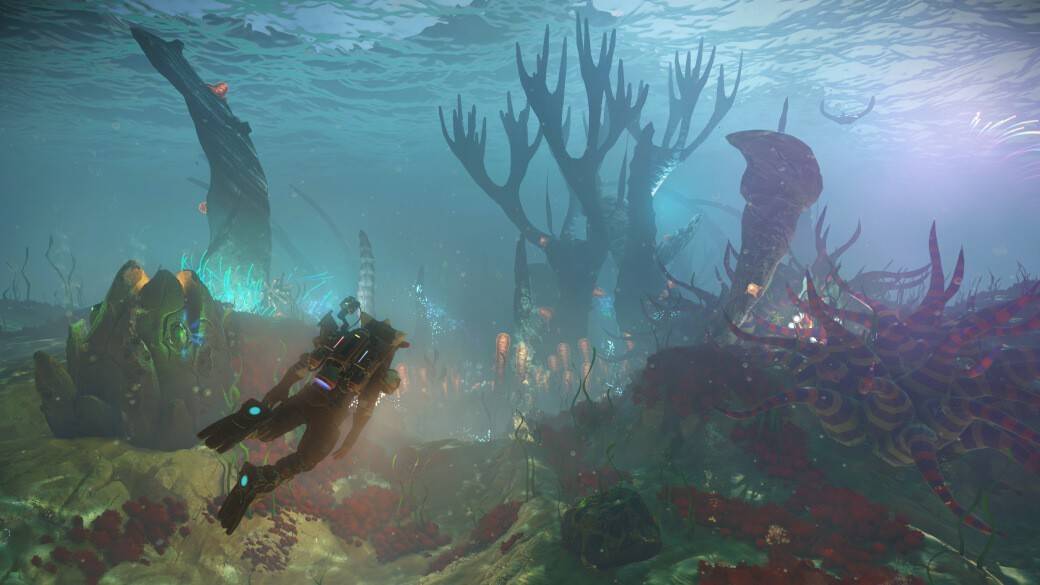 Image: nomanssky.com
Image: nomanssky.com
New marine life populates these depths, ranging from relatively docile creatures in shallower areas to colossal, fearsome leviathans in the abyssal plains. Building underwater bases is now a significantly more rewarding and engaging experience.
 Image: nomanssky.com
Image: nomanssky.com
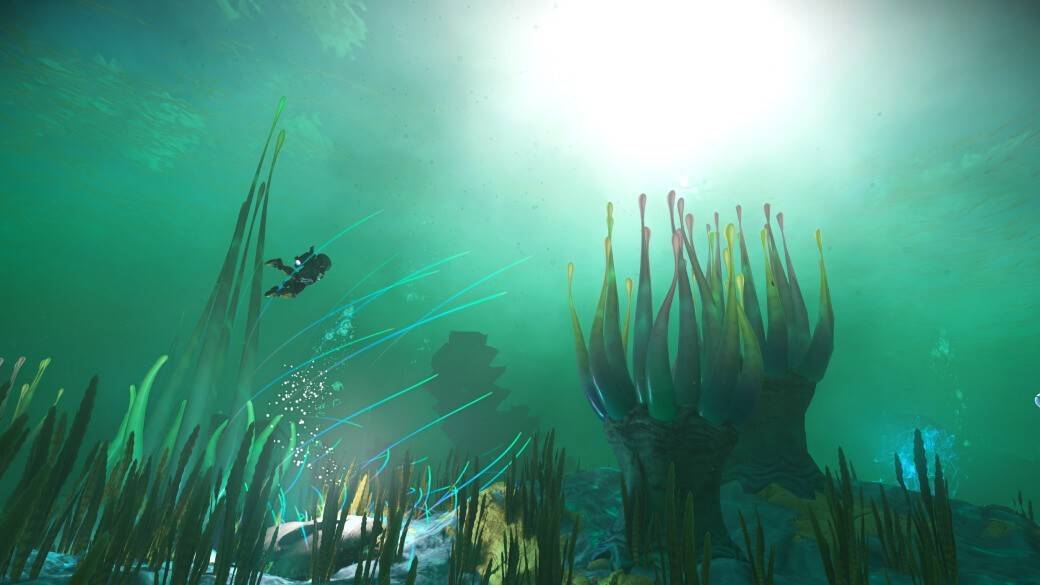 Image: nomanssky.com
Image: nomanssky.com
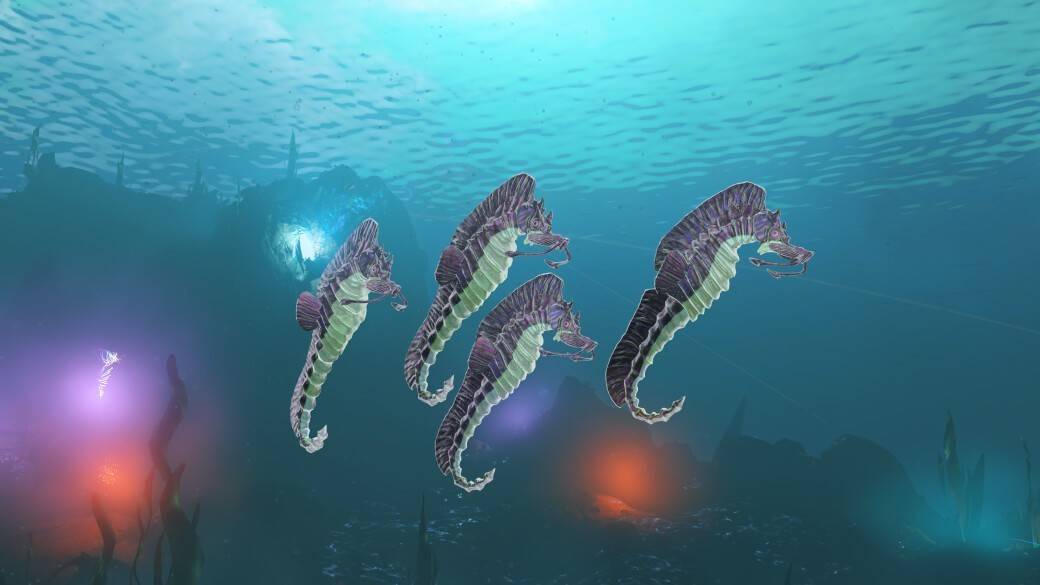 Image: nomanssky.com
Image: nomanssky.com
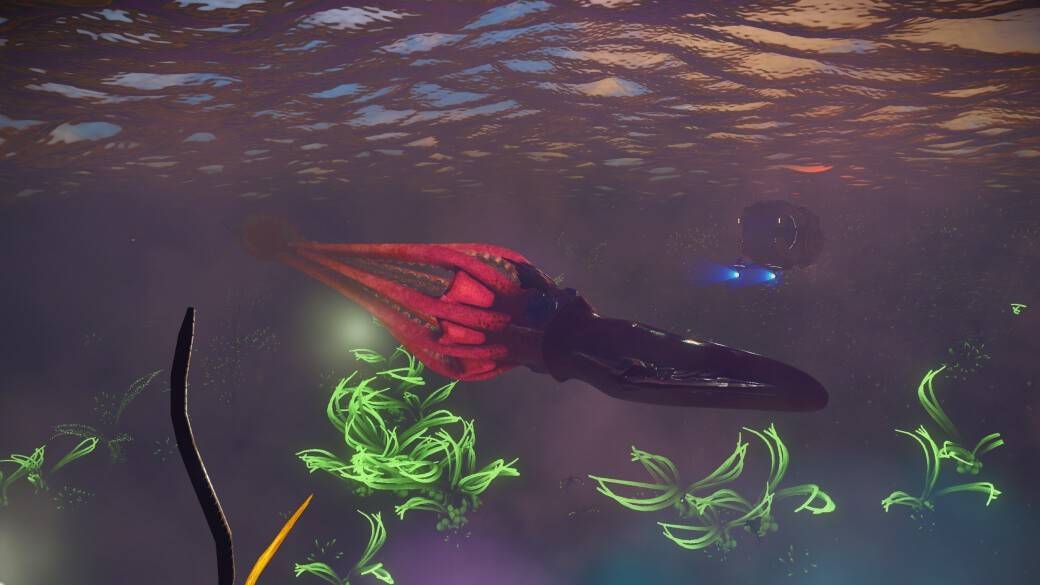 Image: nomanssky.com
Image: nomanssky.com
Exploring New Frontiers: Planets, Gas Giants, and Relic Worlds
Hundreds of new star systems have been added, including a striking new type: purple star systems. These systems introduce unique oceanic planets and, most notably, gas giants.
Gas Giants: A New Challenge
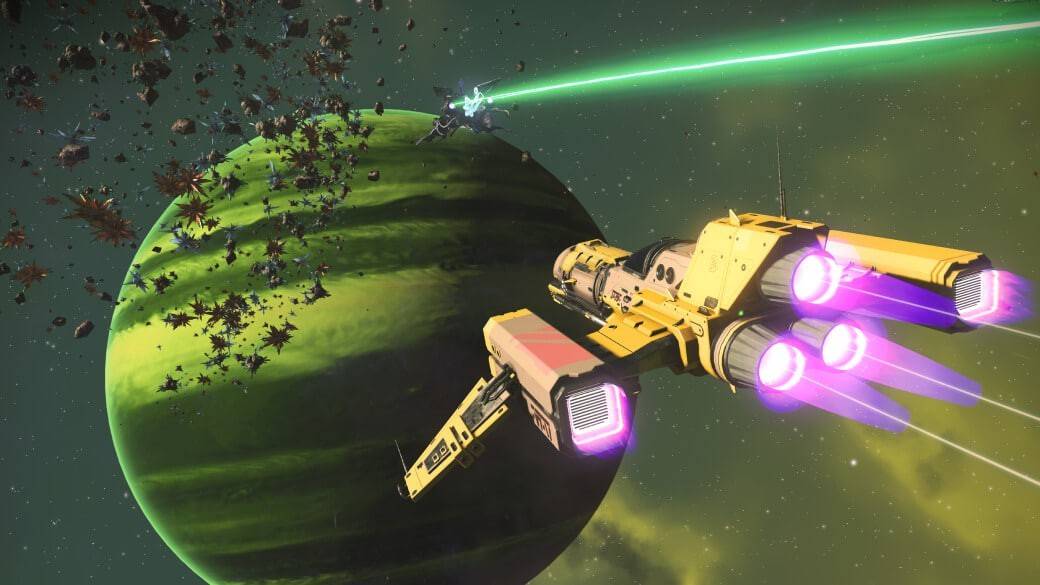 Image: nomanssky.com
Image: nomanssky.com
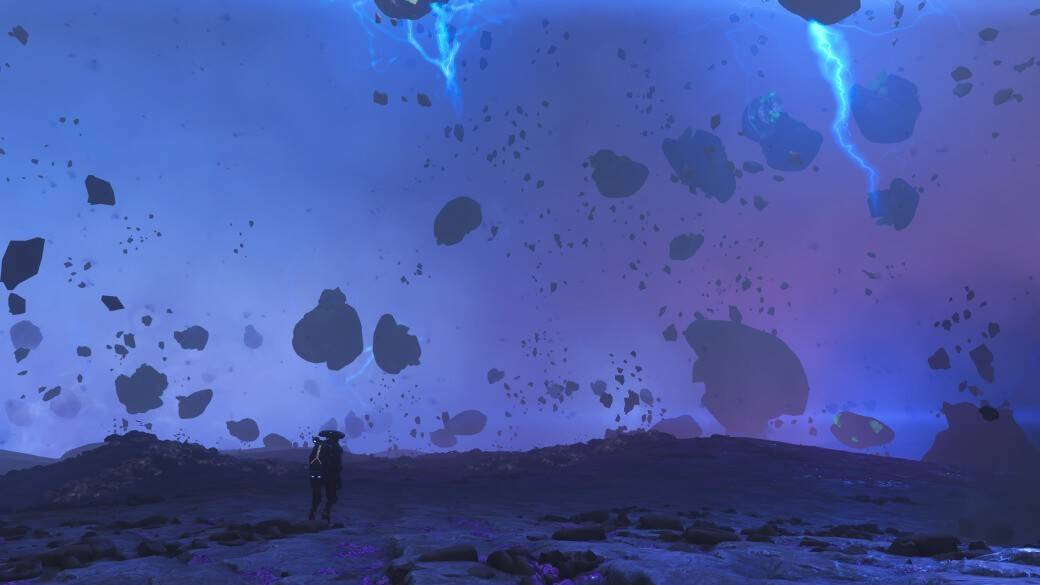 Image: nomanssky.com
Image: nomanssky.com
Accessible after completing a storyline progression and acquiring a new engine, these gas giants present a formidable challenge. Landing on their rocky cores exposes players to intense storms, lightning, radiation, and extreme temperatures, rewarding the intrepid explorer with valuable resources.
Relic Worlds: Unearthing the Past
Relic Worlds, planets teeming with ancient ruins, provide a captivating new exploration experience. These sites offer opportunities to discover artifacts and uncover the mysteries of long-lost civilizations.
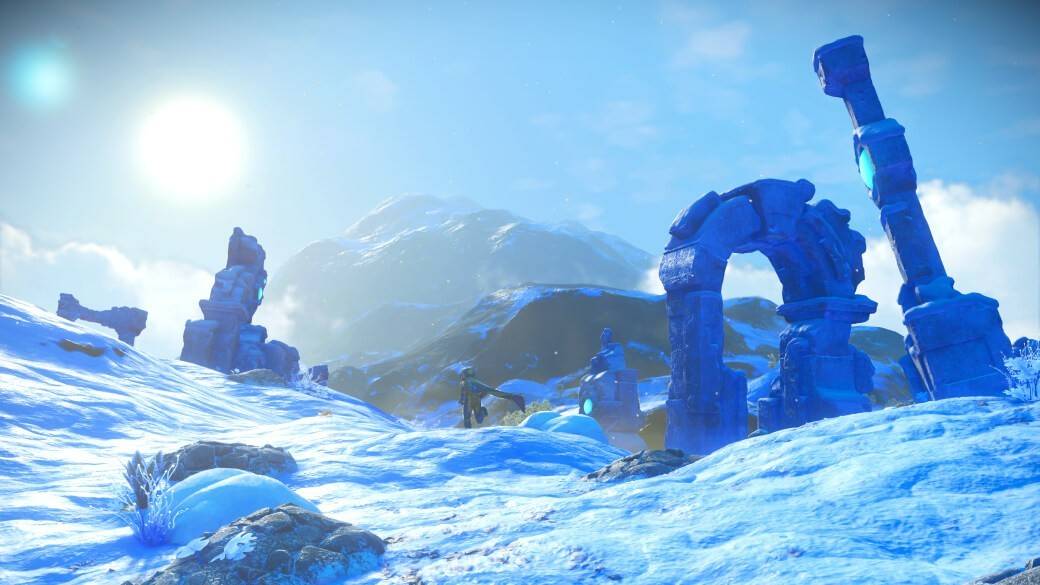 Image: nomanssky.com
Image: nomanssky.com
Enhanced Planetary Variety and Extreme Environments
The update extends beyond new planet types. Existing planets have received significant overhauls, featuring denser jungles, star-influenced landscapes, and enhanced icy planets with unique flora, fauna, and atmospheric effects. New extreme geological features, including geothermal springs, poisonous anomalies, and geysers, add further depth and challenge. A new type of toxic world, characterized by mushroom spores, further expands the diversity of environments.
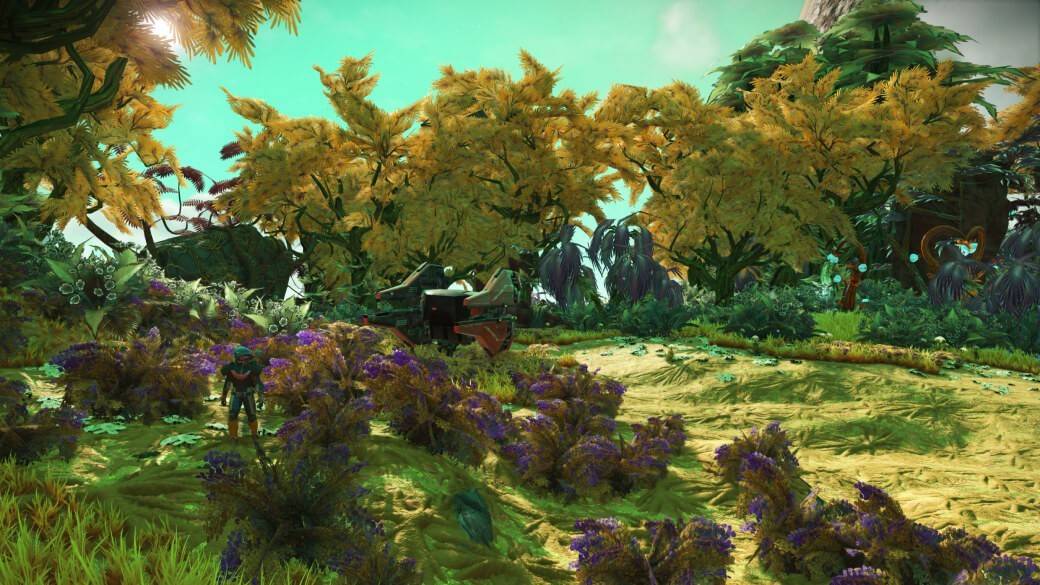 Image: nomanssky.com
Image: nomanssky.com
 Image: nomanssky.com
Image: nomanssky.com
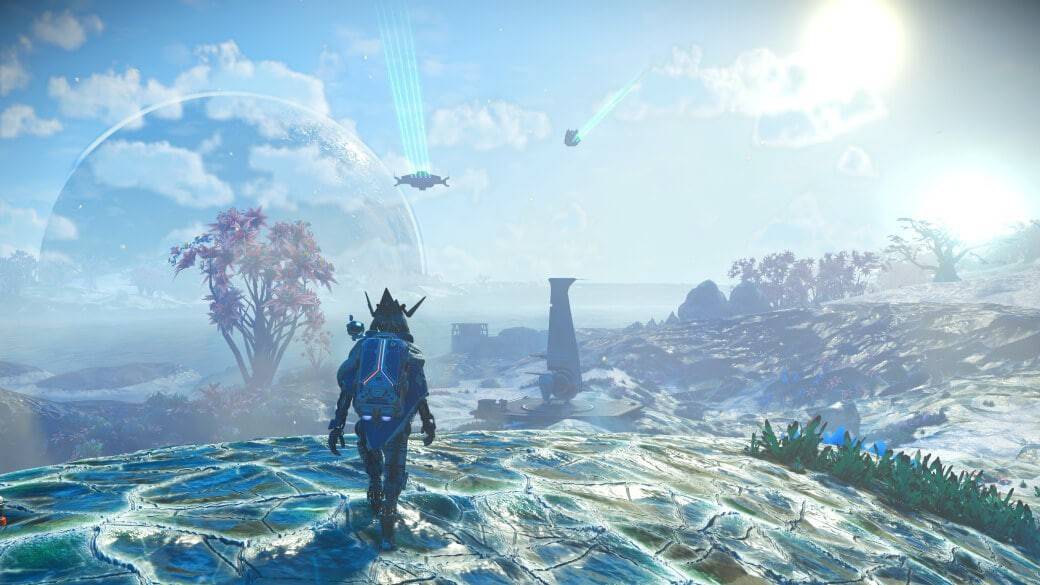 Image: nomanssky.com
Image: nomanssky.com
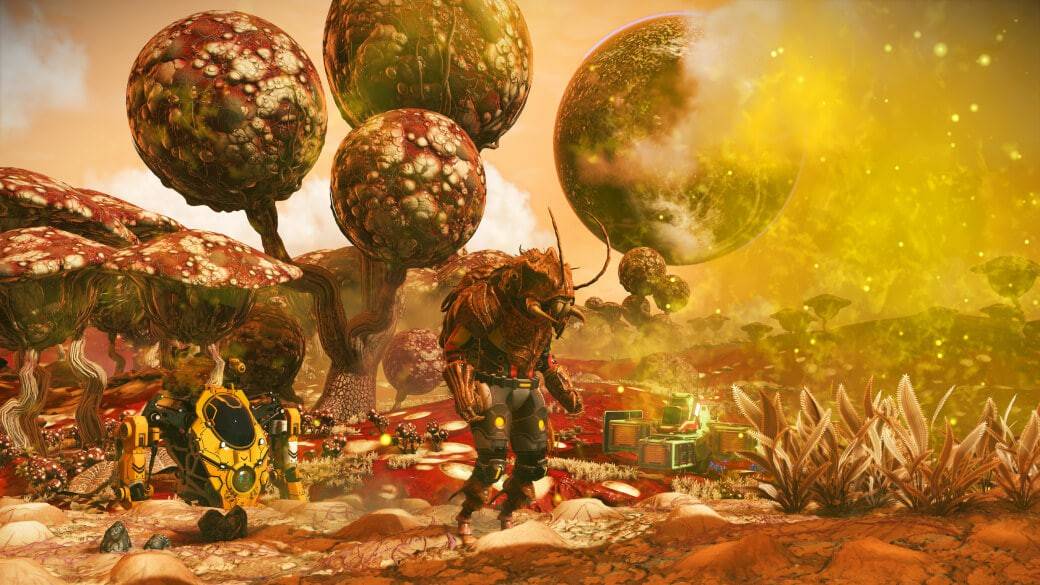 Image: nomanssky.com
Image: nomanssky.com
Improved Lighting and Performance
Lighting improvements extend beyond underwater environments, encompassing caves, buildings, and space stations. Performance enhancements ensure smoother transitions between orbit and planets, and faster loading times for the Anomaly.
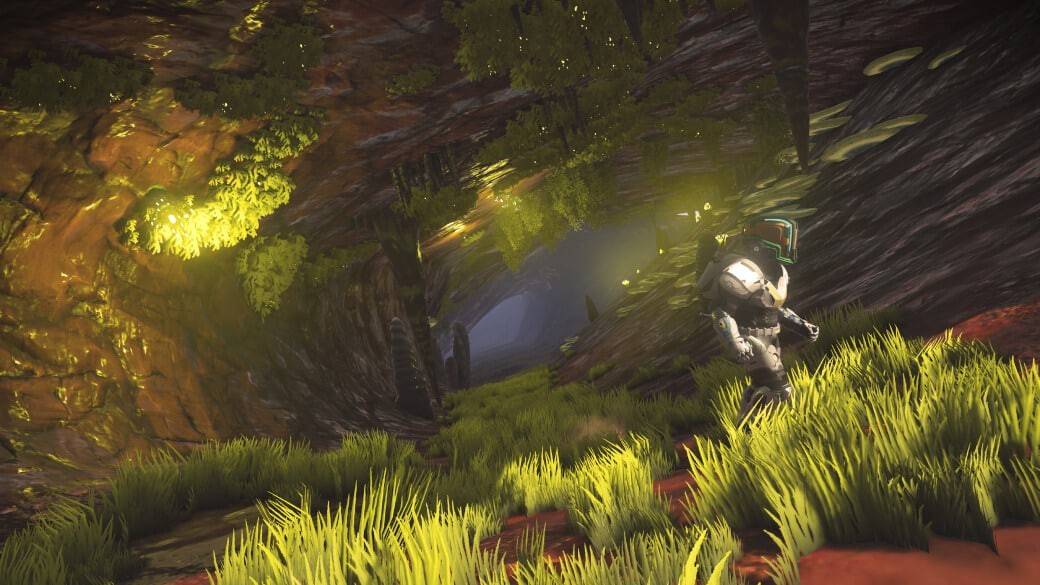 Image: nomanssky.com
Image: nomanssky.com
Construction and Customization
New modules for upgrades and construction have been added, including new matter generators for the Colossus and a flamethrower for the scout. New ships, multi-tools, and character customization options further enhance player agency. Players can now also incorporate ancient ruins into their base designs.
This comprehensive update significantly expands the already vast universe of No Man's Sky. The enhanced visuals, challenging new environments, and improved gameplay mechanics make Worlds Part II a must-have for both veteran players and newcomers alike. For a complete list of changes, consult the official patch notes.

 Image: nomanssky.com
Image: nomanssky.com Image: nomanssky.com
Image: nomanssky.com Image: nomanssky.com
Image: nomanssky.com
 Image: nomanssky.com
Image: nomanssky.com
 Image: nomanssky.com
Image: nomanssky.com
 Image: nomanssky.com
Image: nomanssky.com Image: nomanssky.com
Image: nomanssky.com
 Image: nomanssky.com
Image: nomanssky.com Image: nomanssky.com
Image: nomanssky.com Image: nomanssky.com
Image: nomanssky.com
 Image: nomanssky.com
Image: nomanssky.com
 Image: nomanssky.com
Image: nomanssky.com
 Image: nomanssky.com
Image: nomanssky.com Image: nomanssky.com
Image: nomanssky.com LATEST ARTICLES
LATEST ARTICLES 











